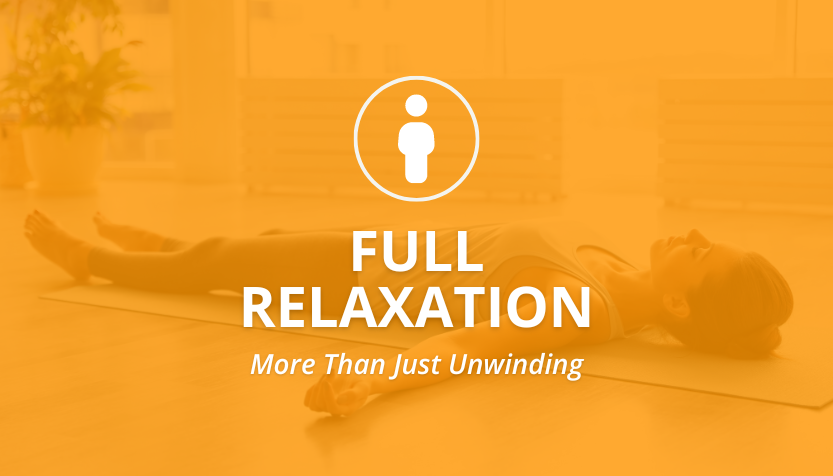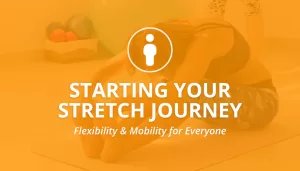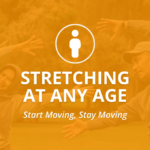Full Relaxation: More than Just Unwinding
- By Brett Schaffner
- In Stretching

In our journey to understand the transformative power of stretching, we often overlook one of its foundational elements—full relaxation. This is not merely about easing out of a busy day; it’s about engaging in a practice that fundamentally changes how our muscles work and recover. In the first installment of our three-part series, we delve into why full relaxation is crucial to effective stretching and overall body health.
What is Full Relaxation in Stretching?
Full relaxation in stretching refers to completely letting go of active effort in the muscles during a stretch. It’s about allowing gravity, your breath, and time to do the work, rather than forcing your body into deeper poses. This approach not only prevents injuries but also promotes more significant flexibility gains by letting the muscles stretch naturally and gradually.
The Science Behind Full Relaxation and Flexibility
When you fully relax your muscles, you allow the connective tissue around your muscles to stretch and gradually lengthen without resistance. This passive stretching technique helps to reduce the risk of tears and strains, which are common when individuals try to force their bodies into deep stretches prematurely – both beginners and long-time practitioners. By practicing full relaxation, you encourage your body to adapt slowly, which is essential for sustainable flexibility improvement.
Benefits of Full Relaxation in Stretching
- Enhanced Flexibility: By allowing your muscles to relax fully, you enable them to stretch beyond their usual capacity gently and safely.
- Reduced Risk of Injury: Active stretching or pulling can lead to overstretching and muscle damage. Full relaxation keeps you within a safe range of motion.
- Improved Recovery: Relaxing fully during stretches helps increase blood flow to the muscles, which aids in faster recovery and reduces muscle soreness.
How to Practice Full Relaxation
- Find a Comfortable Position: Start your stretch in a position where your body naturally supports itself without much effort.
- Focus on Your Breathing: Use deep, controlled breaths to help signal your body to relax. Inhale through your nose for four seconds and exhale through your mouth for eight seconds.
- Use Props: Use a yoga block or a chair to help gain stability in certain stretches so you can find the space to fully relax into it, without worrying about balance or actively holding yourself up.
- Let Go: Resist the urge to push or pull. Instead, concentrate on the feeling of each muscle relaxing under its own weight and the force of gravity.
Linking Full Relaxation with Other Stretching Principles
While full relaxation is a core component, it’s part of a trio of principles that make up effective stretching practices. In upcoming posts, we’ll explore the other two pillars: ‘Breathe to Relax’ and ‘Time Under Passive Tension.’ These principles complement full relaxation and together form a comprehensive approach to enhancing your flexibility and mobility.
Wrapping Up
Full relaxation is more than just a technique; it’s a philosophy that respects the body’s natural limits and capabilities. It’s about working with your body rather than against it, ensuring that each stretching session contributes positively to your health and well-being. By understanding and practicing full relaxation, you are on your way to a more flexible, healthier body.
Stay tuned for the next part of this series, where we’ll explore how breathing enhances the stretching experience, linking directly to the principle of full relaxation.
Interested in Personalized Guidance?
If you are looking to dive deeper into personalized stretching routines that incorporate these principles, consider my one-on-one coaching sessions. Here, I tailor each session to meet your specific needs, ensuring safe and effective stretching experiences to guide you toward your goals.
- Share:
You may also like

Starting Your Stretch Journey: Flexibility & Mobility for Everyone
- September 28, 2024
- by Brett Schaffner
- in Stretching

Stretching at Any Age: Start Moving, Stay Moving

Enhancers, Not Limiters: Embracing Props in Stretching


